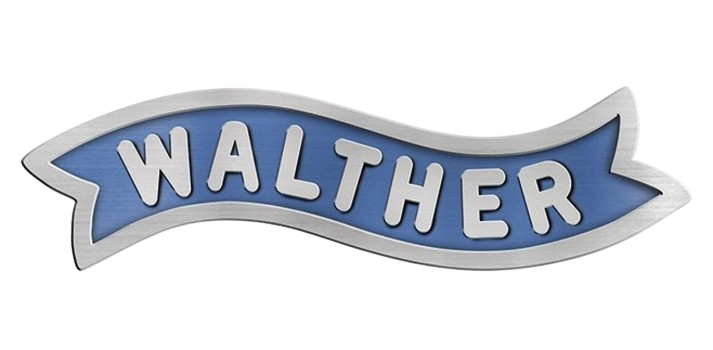Understanding Saddle Stitching
Saddle stitching is a popular booklet-binding technique known for its simplicity and cost-effectiveness. This method involves folding sheets of paper and stitching them along the crease using staples. It is particularly favored in projects that require modest page counts, offering a tidy finish without the expense or complexity of other binding options.
Enthusiasts and professionals alike appreciate the versatility of this technique. It is an accessible option for many printed materials, from simple newsletters and pamphlets to sophisticated product catalogs. As Print Industry News highlights, staying informed about trends in saddle stitching can significantly impact both cost and presentation quality. This method optimizes efficiency and enhances creativity, allowing each booklet to reflect its creator’s unique vision.
Materials Needed for Saddle Stitching
- Paper sheets
- Staples
- Stapler or stitching machine
- Cutter
- Cover material (optional)
These materials form the foundation of the saddle stitching process. Selecting high-quality paper and cover stock can dramatically improve your finished booklet’s overall look and durability. Investing in a reliable stapler or stitching machine that suits the volume and frequency of your projects is essential for success. Additionally, a sharp cutter ensures the final product has clean, professional edges. You lay the groundwork for a standout booklet by carefully choosing your materials. Crafting a saddle stitched booklet can be a gratifying experience for those venturing into the book-making world due to the straightforward process.
The choice of cover material can also offer an additional layer of customization, with options ranging from glossy finishes to matte textures enhancing the tactile experience. Ensuring that your cover complements the interior design adds professionalism and appeal to your booklet.
Step-by-Step Guide to Making a Saddle-Stitched Booklet
- Plan and design your booklet layout.
- Print your pages and cover (if required) in the correct order.
- Fold the sheets in half to create a crease.
- Use a stapler or stitching machine to bind along the fold.
- Trim the booklet edges for a neat finish.
Following these steps ensures a professional-looking end product. Each stage is critical in achieving a functional and visually appealing booklet. Designing an engaging and well-structured layout is crucial in guiding the reader’s eye seamlessly through the content. Careful attention to folding and stitching helps maintain the booklet’s integrity and usability. Creative Bloq often provides tips and tricks on making this process smoother and more effective, enhancing the look and feel of your final product.
Planning is paramount, especially considering page order and margin size, to avoid any surprises during printing. A good habit is to perform test prints to examine how images and text-align across pages once they’re bound, ensuring the final product exceeds your expectations.
Common Challenges in Saddle Stitching
The journey to crafting a flawless saddle-stitched booklet is challenging, isn’t it? One common issue is paper misalignment, which can lead to uneven edges and poor presentation. Ensuring all sheets are correctly aligned before stitching is vital. Equipment malfunctions, such as a stapler jam, are another hurdle easily mitigated by regular maintenance and using suitable staples for the thickness of your booklet. Additionally, careful handling and stacking of paper during the stitching process can prevent unwanted creases or folds. Addressing these challenges improves the visual appeal and durability of the booklet, ensuring that your work makes a lasting impression.
Benefits of Using Saddle Stitching
One of the hallmark benefits of saddle stitching is its economical pricing, catering perfectly to short print runs. This method allows booklets to lay flat, offering easy readability, especially in smaller products like instruction manuals or event programs. It balances aesthetics and practicality, which many creators find indispensable. The lightweight nature of these booklets also makes them easy to distribute, whether used as marketing materials at trade shows or educational handouts in classrooms.
This binding method’s simplicity helps cut costs and doesn’t reduce turnaround time, allowing rapid project completion. For businesses, this can mean capitalizing swiftly on market opportunities or disseminating timely information with minimal delay.
Comparing Saddle Stitching With Other Binding Methods
In booklet making, selecting the correct binding method depends heavily on the project’s requirements. Saddle stitching stands out for its simplicity and affordability. In contrast, methods like perfect binding provide a more polished look, albeit at a higher cost. Wire-o binding, another alternative, offers enhanced durability, making it a preferred choice for frequently used materials such as workbooks and calendars. Each method has its advantages and ideal applications, ensuring that whether the project is a detailed product catalog or a minimalist art book, there’s a binding style to match its intent and functionality.
Exploring each method’s unique qualities allows designers to align their binding choice with aesthetic goals and functional demands, ultimately enhancing the reader’s experience and satisfaction.
Real-Life Applications of Saddle-Stitched Booklets
Saddle-stitched booklets see widespread use across various industries, from promotional materials like brochures and catalogs to educational resources such as manuals and pamphlets. Their adaptability ensures they meet numerous business and personal project needs, providing an aesthetically pleasing and functional end product. Whether a company needs a portable medium to showcase its latest offerings or a community group wants to distribute its newsletter cost-effectively, saddle stitching provides an excellent solution that marries form with function.
These booklets’ effortless readability and portability make them particularly advantageous in fast-paced environments where effective communication and ease of handling are crucial. This further cements their place in both commercial and creative domains.

